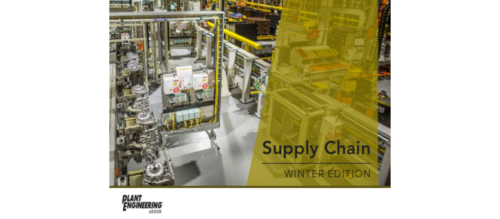LOE’s sea change to real-time visibility
Lease operating expense is a key operational parameter
Many oil & gas operators are too small to survive in times of uncertainty. With overhead costs that easily overwhelm and volatile commodity price fluctuations, the only way to forge a path is through a renewed focus on costs. Yet, the industry has a rich history of strategic operational and financial challenges including, oversized cost structures and underperforming portfolios. Both issues make companies unattractive to investors and stakeholders.
These complexities can catalyze change. With the costs for an onshore well averaging one to three million dollars over the course of a 20-year lifespan, gaining clarity into well-level costs can allow for well-level profit and loss data (P&L) to inform better production decisions. Operators are currently in a position to adapt digital perspectives to speed payment processes, eradicate paper invoices and tickets, and achieve a desirable competitive differentiator: real-time lease operating expense (LOE) visibility.
It is imperative to be able to restructure existing frameworks to function in a lower cost forever environment; and in order to know exactly what and how to cut, a comprehensive handle on granular real-time LOE is critical. Blockchain-based smart contracts are the answer, as its inherent immutability provides a shareable foundation that can capture spend as it happens, not the typical 90- to 120-day lag time that the industry typically operates under.
By harvesting near-real time data from the field and performance metrics, blockchain’s distributed ledger technology can match contractual terms without human interface, enabling transactional transparency and an immediacy that provides the ability to comprehensively digest variable well costs, as often as daily. Salient management decisions about production, shut-ins, maintenance and reliability can then be informed by insight backed by instantaneous transactional data and spend profiles.
Foundation for better decisions
Industry has long been focused on production at all costs, much to its own detriment and it has devoted less thought to production as profitable. Now is the time for operators to shift their mindsets. Improving the quality, accuracy and speed of data can extend a lift to costs. Adopting and leveraging blockchain-powered smart contracts is a favorable approach for lease operators to garner real-time visibility into LOE, enabling a route to invest in more favorable returns.
Historically, operators have gone to great lengths to reduce spend in the field but then have to wait two to three months to see any impact play out. This time between actionable change and results renders measures unclear and difficult to ascertain whether processes require further refinement or improvement to achieve an optimized operating model. Integrating processes that connect commercial transactional operations in real-time through the use of permissioned and private blockchain can alleviate the siloed approach reliant on manual data entry and paper-tickets and instead focus resources on inter-operational capabilities that allow for efficiency and visibility.
Cash flow decisions
With real-time LOE, the biggest payoff is economic: the only way to earn better investors is to improve cash flow and terms. Visibility allows operators to make more cash-flow conscious decisions regarding modifying operations to meet current demand while allocating resources better. Being able to increase cash flow on returns can lead to more investors.
The days of outspending cash flow and being able to take out more debt are gone. Leverage matters and the companies that figure out how to take out costs are those that will come out on top. Real-time LOE is possible and heralds a future production model underscored by intelligent efficiency and visibility.
With marked competition sparked by the current landscape, pricing environment and circumstances, it is an advantageous time to bring about radical change. Leaning into technological innovations — like blockchain smart contracts — will drive forward increases in production without the spending of capital, a pivotal step to ensuring survival and productivity in lean times while moving the needle to improve cash flow.
The reality of today’s market is that it will shakedown companies, leaving those with better cost structures, processes, capabilities and technology at the helm while the weaker ones fall by the wayside.
Original content can be found at Oil and Gas Engineering.
Do you have experience and expertise with the topics mentioned in this content? You should consider contributing to our CFE Media editorial team and getting the recognition you and your company deserve. Click here to start this process.




